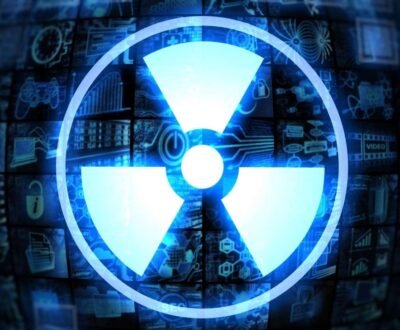A state-of-the-art investigation states that sutured minor field-of-view cone-beam CT images give an impression which is truthful and consistent enough for the creation of these surgical commands. These sutured images can be used to determine vital characteristics of the mandible and produce trustworthy three dimensional surgical directives.
According to a research study, the average difference between sutured field of view CBCT capacities and the reference criterion of anatomic linear measurements was 0.34 mm. Since most clinical dental techniques assess margin of inaccuracy by 1 mm, this variance is not a clinically appropriate one. The miniature dissimilarities between the control methods and those of the stitched records groups permit image-directed implant surgical supports to be invented from such sets of statistics. The investigators estimated whether sutured tiny field of view images could be precisely used for surgical dental implant managements?
3D suturing is a novel software approach which syndicates two or three tiny field of view images to create a merged 3D image. Though this software has several advantages for dentists and endodontists (dentists who specialize in the study and treatment of dental pulp) yet none of those benefits are important if the sutured images aren’t truthful and dependable enough for use as a clinical director. The research investigator and coworkers put three reference points and ten added indicators on the mandible of a corpse and calculated the difference in points with gliding digital calipers, which served as a check. They then imaged the mandible and merged the images using the newest variety of Kodak 9000 software. The investigators appropriated the same dimensions with the tiny field of view CBCT sutured images, and matched them with those attained with the digital calipers and established that the average difference between the calipers and the stitched tiny field of view CBCT dimensions was 0.34 mm, and the average customary deviance was 0.30 mm. They opined that this dissimilarity was clinically irrelevant because the human eye and hand cannot detect sub millimeter variances during surgeries.
About us and this blog
We are a teleradiology service provider with a focus on helping our customers to repor their radiology studies. This blog brings you information about latest happenings in the medical radiology technology and practices.
Request a free quote
We offer professional teleradiology services that help hospitals and imaging centers to report their radiology cases on time with atmost quality.
Subscribe to our newsletter!
More from our blog
See all postsRecent Posts
- Understanding the Challenges of Teleradiology in India January 19, 2023
- Benefits of Teleradiology for Medical Practices January 16, 2023
- Digital Transformation of Radiology January 2, 2023









